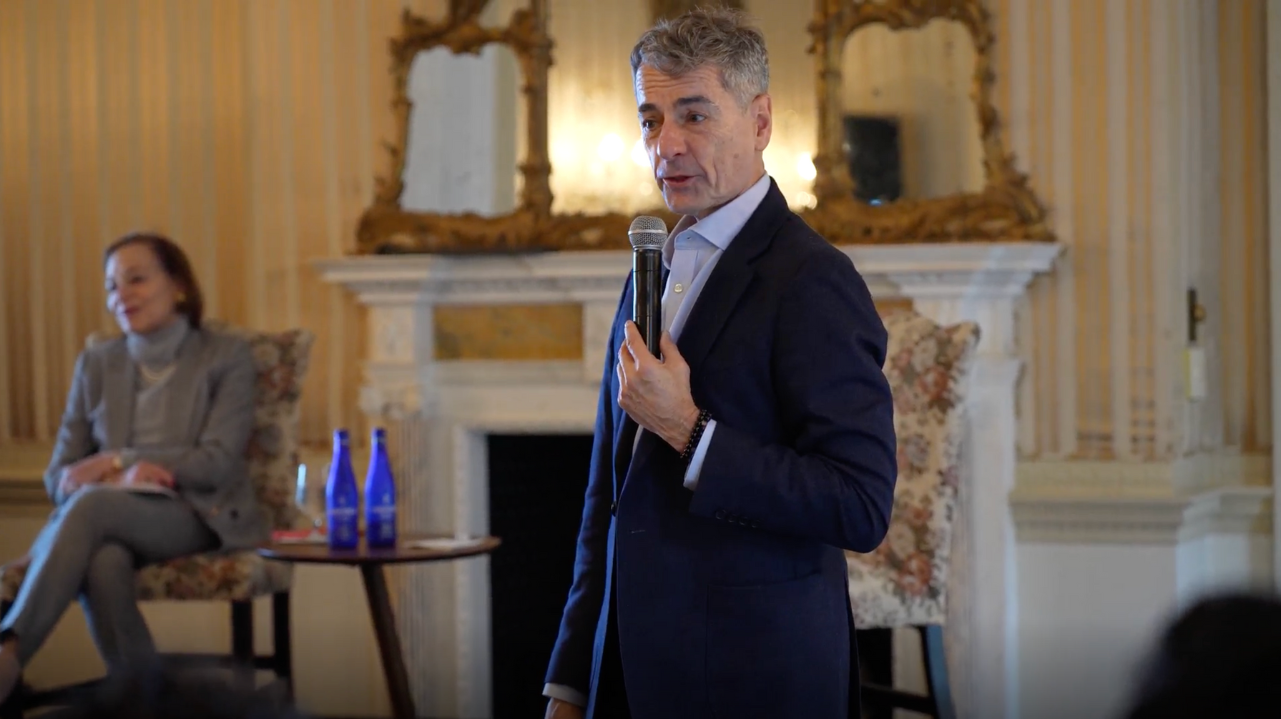Video: Business and Travel in the COVID-19 Era
Video: Business and Travel in the COVID-19 Era
Executives from Delta, Palladium, and the IATA detailed measures their companies are taking to restore confidence in travel.
Speakers:
- Pilar Arizmendi-Stewart, Vice President of Sales & Marketing, The Americas, Palladium Hotel Group
- Peter Cerda, Regional Vice President, Americas, The International Air Transport Association (IATA)
- Luciano Macagno, Managing Director, Latin America, Caribbean and South Florida, Delta Air Lines
- Carin Zissis, Editor-in-Chief, AS/COA Online (moderator)
“Never before has [it] been safer to travel than today. COVID has required us to look at another level of safety,” said Peter Cerda of IATA on a virtual panel moderated by AS/COA’s Carin Zissis. “Today, it’s probably safer to be on an airplane than it is to be at your local convenience store or standing on line at the bank.” Luciano Macagno of Delta—which celebrated its best year in 2019 of the company’s 100-year history—talked about how at ghe outset of the pandemic in March, airline CEO Ed Bastian made clear the need to focus on people over profits, which included protecting employees, customers, and the company’s future. He detailed how planes now are not just cleaned but sanitized with the same electromagnetic tools used to clean hospitals and ICU rooms, and how they’re not booking anybody in a middle seat until at least January 2021.
And once a traveler lands on the ground, they need a place to stay. Pilar Arizmendi-Stewart of Palladium detailed how their operations manual has ballooned from a couple dozen pages to a couple hundred, but all in the name of guest safety and security. Some changes are smaller, like removing paper items in a room, while others are bigger, like making sure a room stays unoccupied for a given number of hours after a guest leaves.
While it still might be a ways away, few regions are as dependent on air and business travel resuming as Latin America and the Caribbean are. “Air travel in [Latin America] is not a luxury—it’s a necessity,” said Cerda. In Europe or North America, there are alternate options like rail or massive highway systems. But traveling and even transporting goods within Latin America? “It’s either 17 hours on a bus or one hour on an airplane,” said Cerda. “It’s a resilient industry, and we’re a resilient company,” said Macagno. “We’re confident about the outlook. Our product, we believe, is an essential one.”








